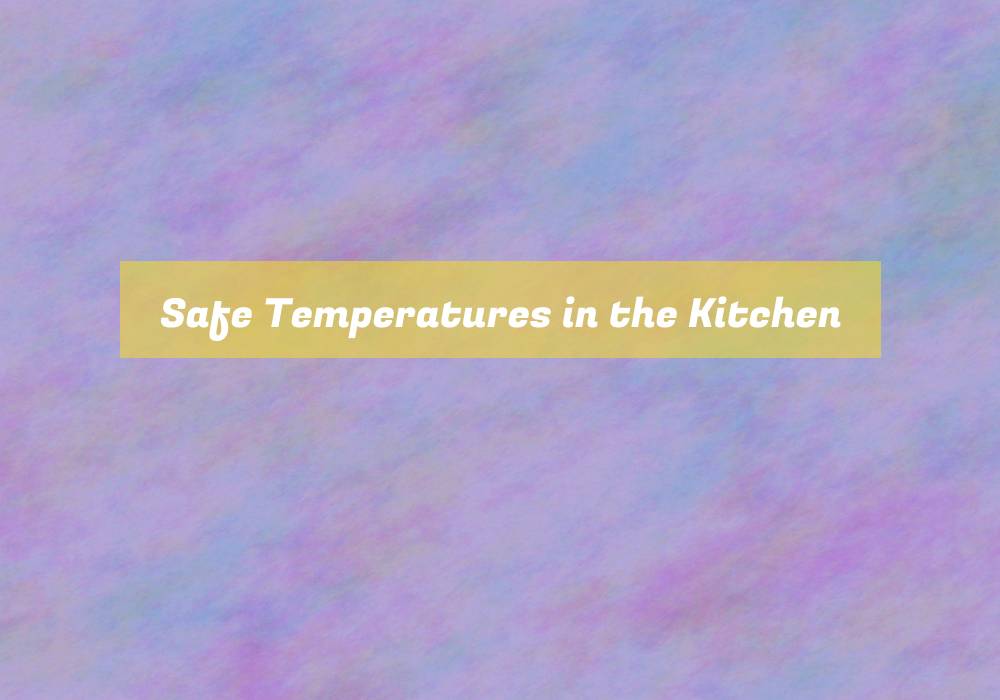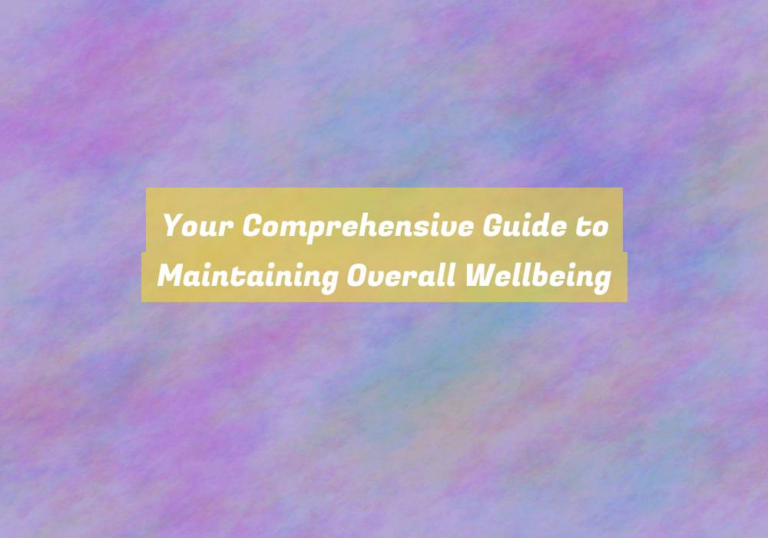Safe Temperatures in the Kitchen
You know that feeling when you bite into a perfectly cooked piece of meat, and itG??s just the right temperature – not too raw, not overdone? ItG??s like a symphony of flavors hitting your taste buds.
But do you know what goes on behind the scenes to ensure that your food is safe to eat? The kitchen is a place where temperatures matter, and not just for taste. From the refrigerator to the stove, each step of food preparation requires careful attention to temperature.
So, how can you be sure that youG??re keeping things safe and delicious in your kitchen?
Refrigeration Temperature Guidelines
To ensure food safety, keep your refrigerator temperature at or below 40 degrees Fahrenheit. Maintaining this temperature is crucial for preserving the freshness and quality of your perishable foods. With a refrigerator set at 40-?F or lower, you inhibit the growth of bacteria that can cause foodborne illnesses. ItG??s important to use a refrigerator thermometer to monitor the temperature regularly and make sure it stays within the safe range.
When storing raw meat, poultry, seafood, and eggs, itG??s essential to keep them at a consistent and cold temperature. These items are particularly susceptible to bacterial contamination, so storing them at 40-?F or lower is crucial.
Additionally, perishable items like milk, yogurt, and fresh fruits and vegetables also benefit from being stored in a refrigerator set at the recommended temperature.
Safe Cooking Temperatures
Maintain food safety during cooking by ensuring that you reach and maintain the recommended internal temperatures for various types of meat and poultry. For example, ground meats such as beef, pork, veal, and lamb should be cooked to at least 160-?F (71-?C), while poultry, including chicken and turkey, requires a minimum internal temperature of 165-?F (74-?C).
When cooking whole cuts of beef, pork, veal, and lamb, the safe internal temperature is 145-?F (63-?C), with a three-minute rest time before carving or consuming. For those who enjoy their meat a little pink, itG??s recommended to use a food thermometer to ensure the internal temperature reaches at least 145-?F (63-?C) and then letting it rest for three minutes.
Fish should be opaque and flake easily with a fork when fully cooked. The internal temperature for fish should reach 145-?F (63-?C).
Thermometer Use and Calibration
For accurate temperature readings and safe food preparation, itG??s essential to properly use and calibrate your thermometer.
When using a thermometer, always ensure that itG??s clean and sanitized to prevent cross-contamination.
Before each use, check the manufacturerG??s instructions for calibration. Many thermometers have a calibration nut under the dial that can be adjusted with pliers or a wrench.
To calibrate, fill a glass with ice water and let it sit for a few minutes. Insert the thermometer into the ice water without letting the stem touch the glass. The temperature should read 32-?F (0-?C). If it does not, adjust the calibration nut until it does.
Similarly, boiling water should read 212-?F (100-?C) at sea level. Regular calibration ensures accurate readings and safe cooking.
Additionally, always insert the thermometer into the thickest part of the food, away from bone or fat, to get an accurate temperature.
Food Storage Temperature Recommendations
When storing food, ensure that the refrigerator temperature is set to 40-?F (4-?C) or below to maintain food safety and freshness. Keeping your refrigerator at this temperature slows the growth of bacteria and helps prevent food spoilage. Additionally, itG??s important to regularly check the refrigerator temperature with a reliable thermometer to ensure it stays within the safe range.
For frozen foods, the freezer temperature should be set at 0-?F (-18-?C) or lower. This low temperature helps to preserve the quality and safety of frozen items. ItG??s crucial to store perishable foods like meat, poultry, seafood, and dairy products in the refrigerator or freezer promptly after purchasing to prevent bacteria from multiplying.
When storing leftovers, make sure to refrigerate them within two hours of cooking. If the room temperature is above 90-?F (32-?C), then leftovers should be refrigerated within one hour. Always use airtight containers or wraps to store leftovers in the refrigerator to maintain their quality and prevent cross-contamination.
Conclusion
Make sure to always follow safe temperature guidelines in the kitchen to prevent foodborne illness.
Keep your refrigerator at 40-?F or below and use a thermometer to ensure your food is cooked to the correct temperature.
Store food at the proper temperature to maintain its quality and safety.
By following these simple guidelines, you can ensure that your kitchen remains a safe and healthy environment for preparing and storing food.




